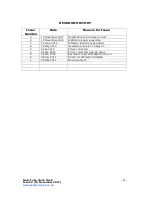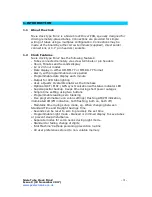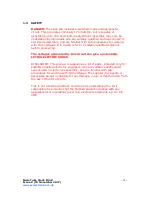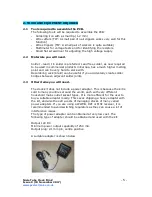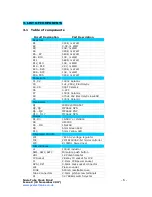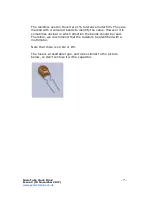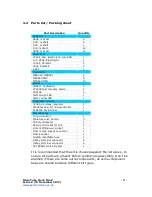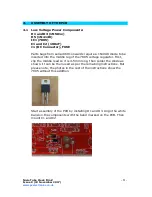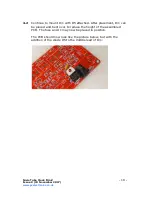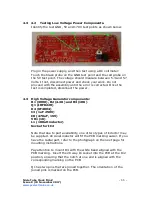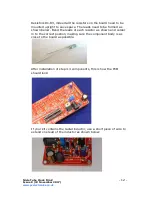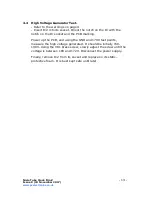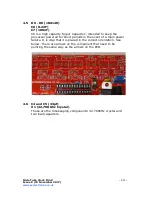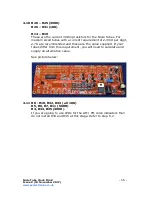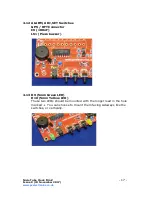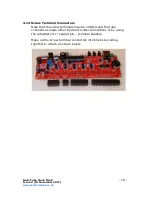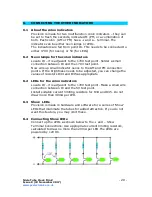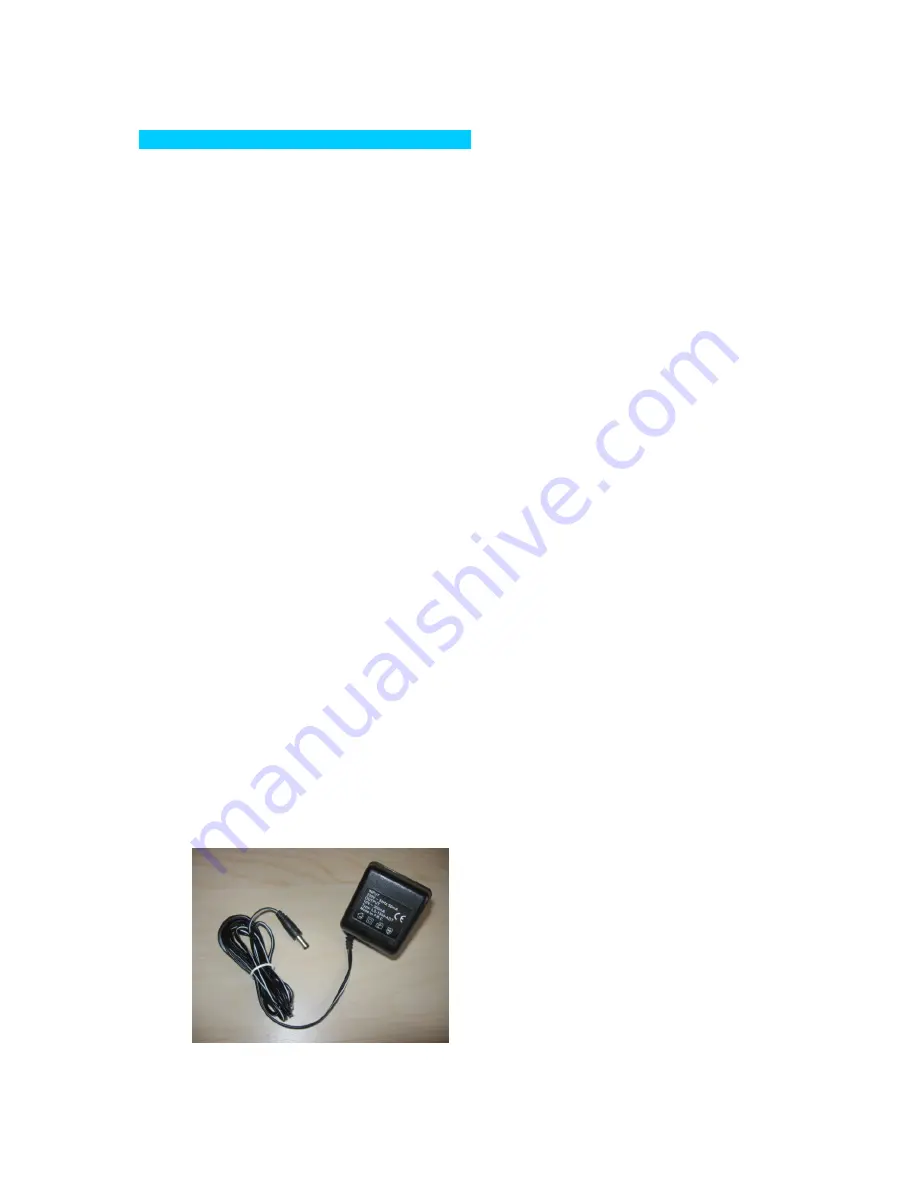
Nixie Tube Clock ‘Dink’
Issue 9 (10 November 2017)
www.pvelectronics.co.uk
- 5 -
2. TOOLS AND EQUIPMENT REQUIRED
2.1
Tools required to assemble the PCB.
The following tools will be required to assemble the PCB:
-
Soldering iron with a small tip (1-2 mm)
-
Wire cutters (TIP: A small pair of nail clippers works very well for this
function)
-
Wire strippers (TIP: A small pair of scissors is quite suitable)
-
Multimeter for voltage tests and for identifying the resistors.
-
Small flat screwdriver for adjusting the high voltage supply
2.2
Materials you will need.
Solder – lead / tin solder is preferred. Lead free solder, as now required
to be used in commercial products in Europe, has a much higher melting
point and can be very hard to work with.
Desoldering wick (braid) can be useful if you accidentally create solder
bridges between adjacent solder joints.
2.3
Other items you will need.
The clock kit does not include a power adapter. This is because the kit is
sold to many countries around the world, each with very different
household mains outlet socket types. It is more efficient for the user to
buy a suitable adapter locally. This saves shipping a heavy adapter with
the kit, and also the extra costs of managing stocks of many varied
power adapters. If you are using a WWVB, DCF or MSF receiver, it is
recommended to avoid switching regulators as they can cause a lot of
interference issues.
The type of power adapter can be obtained at very low cost. The
following type of adapter should be obtained and used with the kit:
Output 12V DC
Minimum power output capability of 250 mA.
Output plug: 2.1mm pin, centre positive.
A suitable adapter is shown below:


